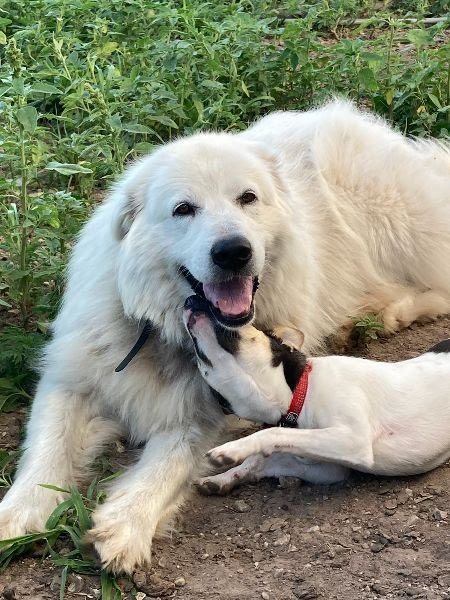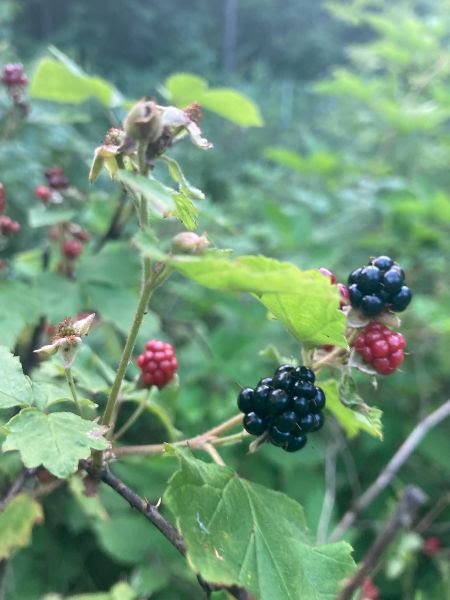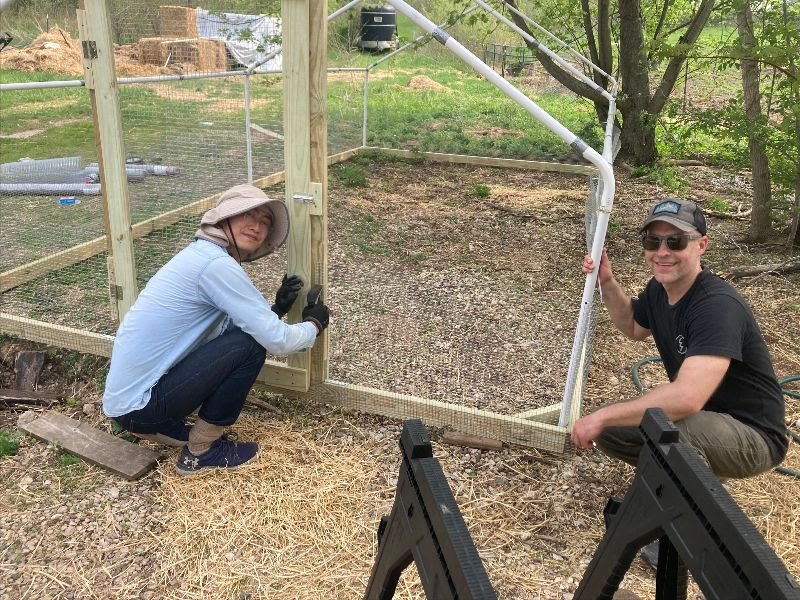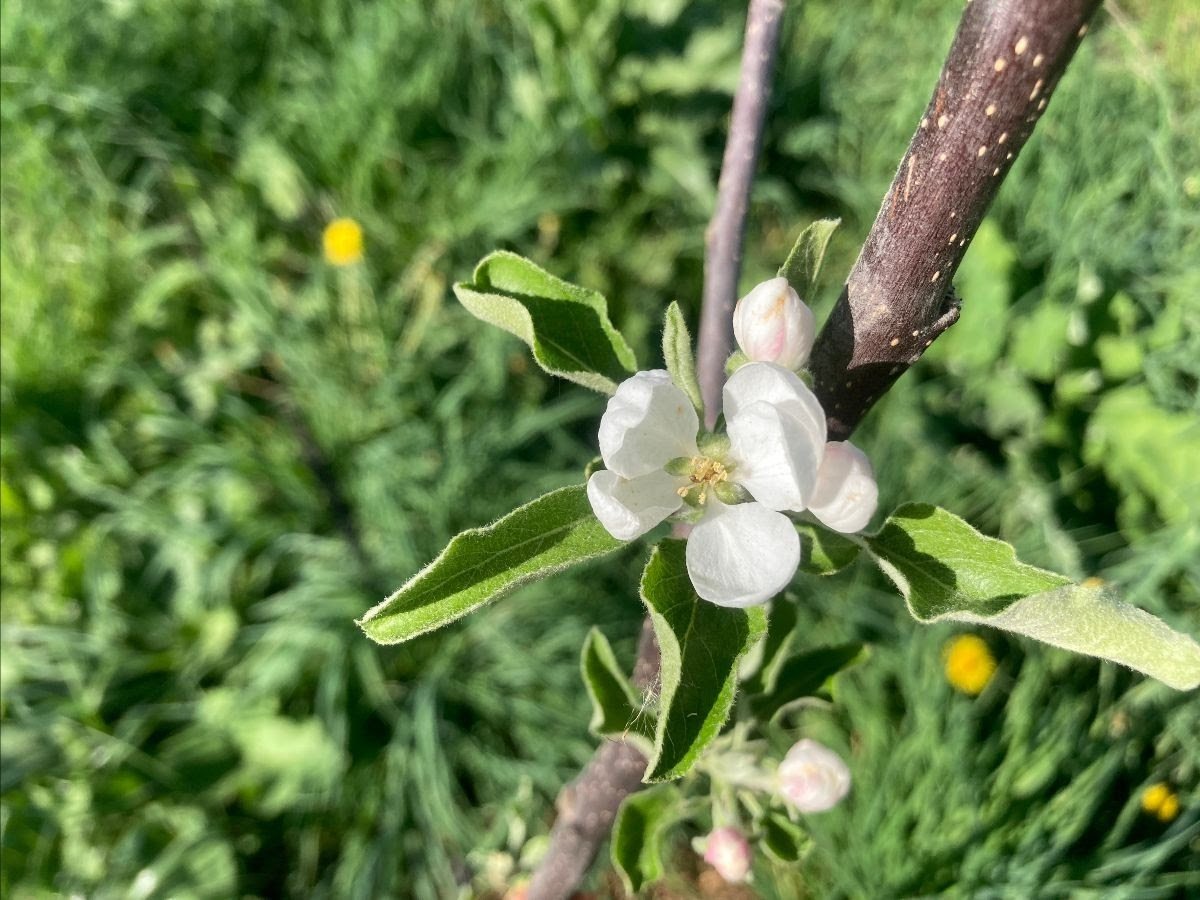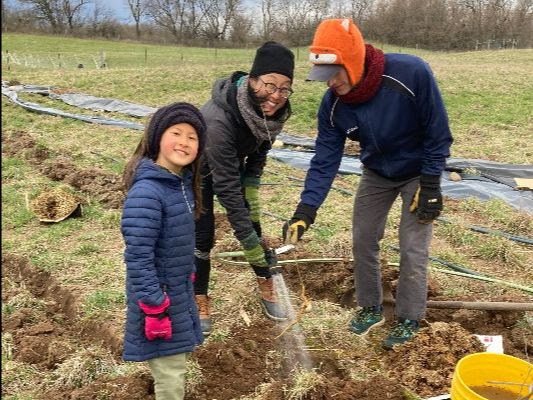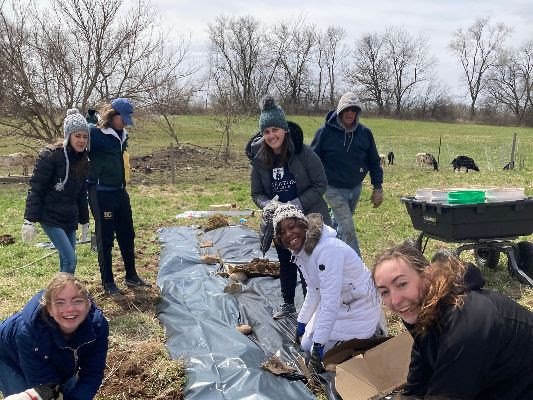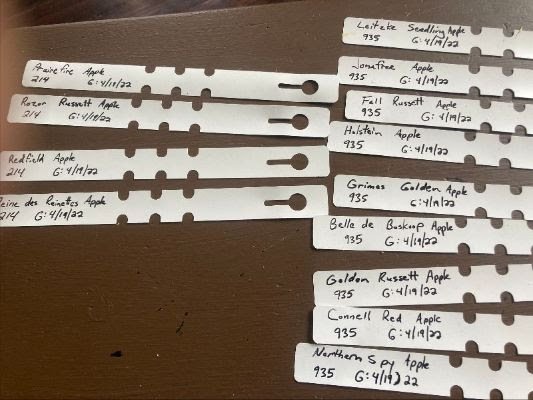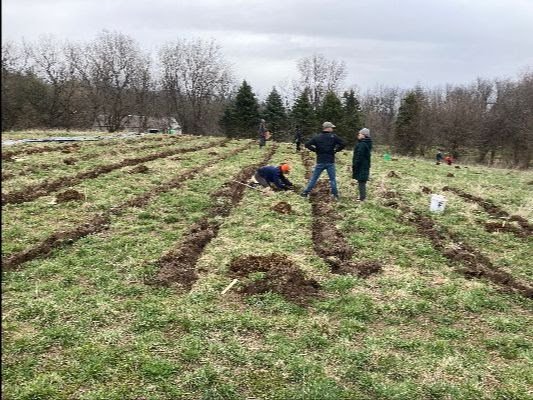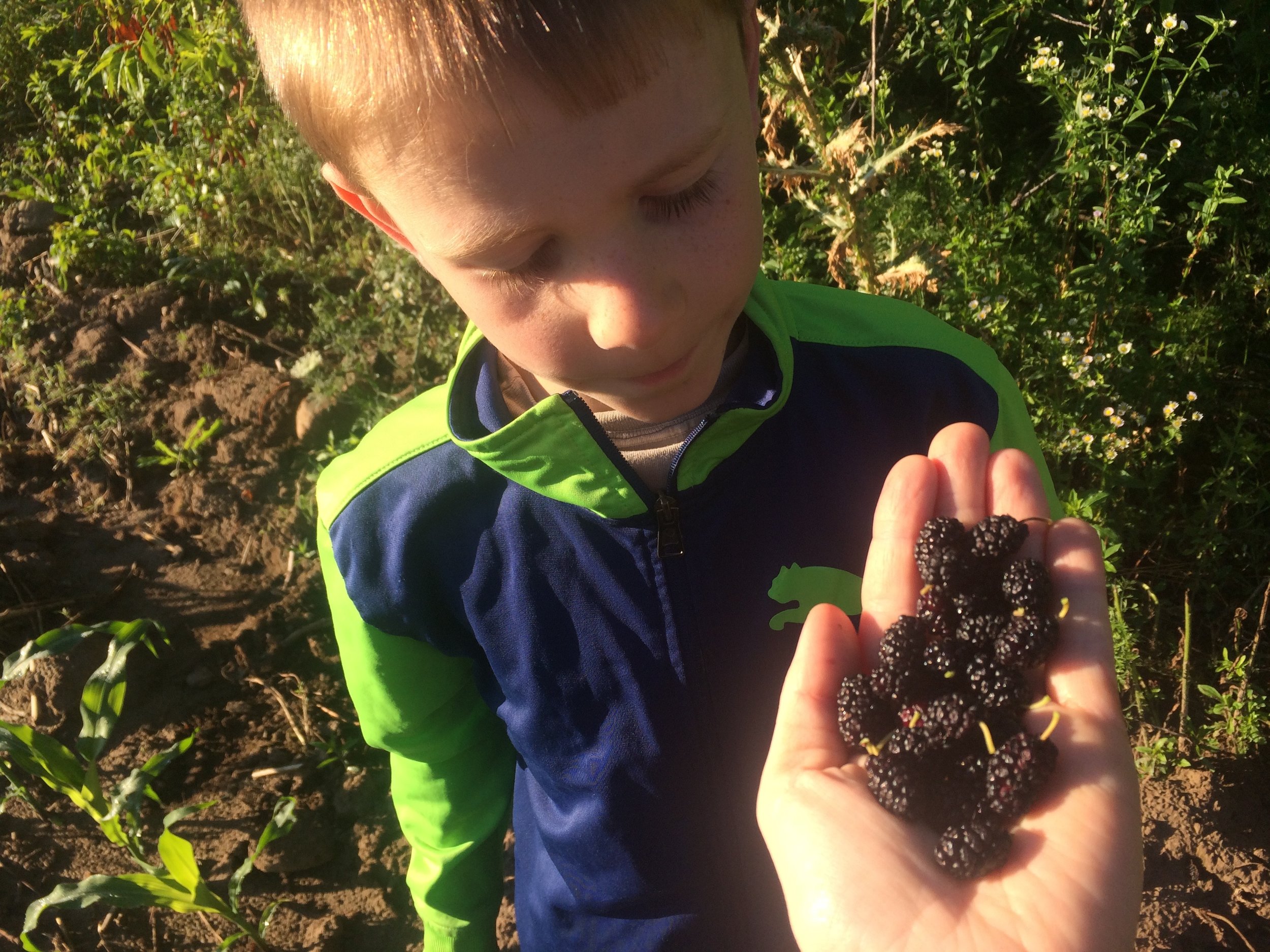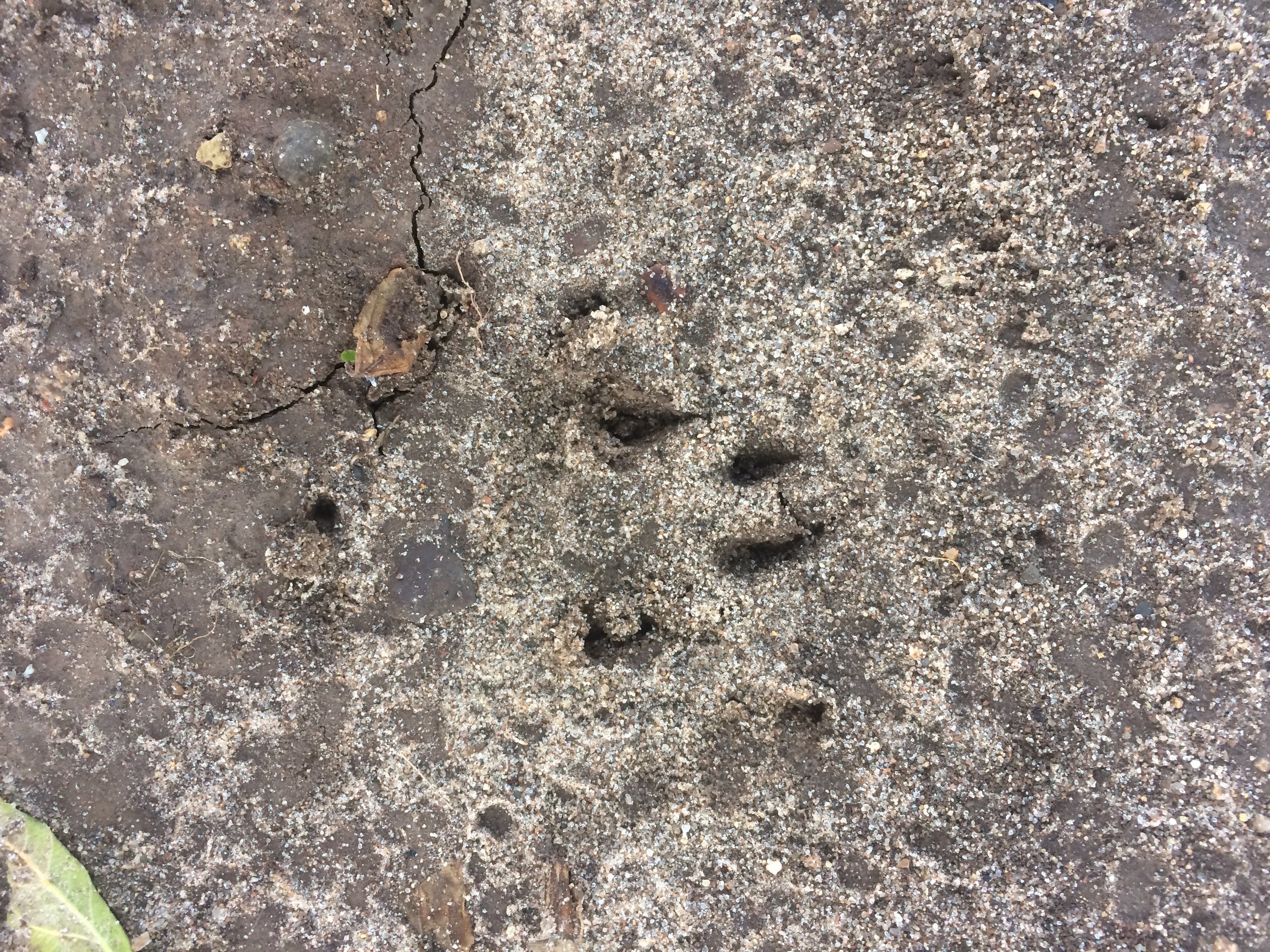FARM UPDATE
July was a busy month that seemed to fly by! We brought both chicken and lamb to the processor. Tiffany hosted a group of women interested in silvopasture. Got plenty of rain. Filled some freezers. Also, I had a bit of mishap.
Last month's newsletter mentioned that we might not get the chicken cuts that we hope for, but the processor was able to find a few more employees and we got what we needed. It was great to see our processor finally relaxed and confident after years of labor shortages. We did pull an all-nighter to arrive with our birds at 1:30 AM to be first in line so that we could get the first-come, first-served cut-up option for our customers. Breakfast at Mom's Diner in Sterling, IL rejuvenated us: we've had the same waitress for the last three summers, and it feels like coming home for some excellent skillets and pancakes. Had some truck trouble on the way back and we were never more grateful to pull into the driveway at the farm--and left it straight away for the car repair shop! After about a week and a few U-Haul van rentals (animals still need their feed!) it's all fixed now.
This month, Tiffany hosted a group of women, through The Land Conservancy, that have interest in farming. There were presentations in the morning from The Savanna Institute and the Land Conservancy, with some local foods for lunch (including a Root and Sky Farm turkey!), and then a tour at our farm in the afternoon with raspberry cake and rhubarb shortbread--and foraged raspberry leaf iced tea. It was an amazing time of fellowship organized by our friend Claire Hodge of Sunfleck Farms. Our own farm is not perfect, but nothing helps us more than the conversations and collaborations that come with community. We think regularly with gratitude of the volunteers and neighbors and experts who have come into our lives.
This month we've been especially grateful also for the rain. About ten days ago, we got over six inches of rain in about 36 hours.. We had a short dry spell early in the month, but since then we have had a few decent rains to keep things green. We're thankful to avoid the droughts of the last few years. . . though we can't deny that the mosquitoes are loving it as well!
One bad thing happened in the middle of the big storm: I tore my meniscus - AGAIN! Longtime readers of the newsletter will remember that July 19th of 2021, I had surgery to stitch the bucket handle tear on the inside of my knee. Not sure how I re-injured it, but during the storm, when I was trying to get chickens under cover, it gave out again. Word from the doctors is that the surgeon will probably not be able to repair it for a second time, so they will probably remove the damaged meniscus during surgery on August 3rd. Recovery time will likely vary depending on stitching vs removal, but I'm most likely looking at 3-6 months before I'm doing the moderately intense work on the farm. It is frustrating, but we are trying to keep our chins up.
Tiffany has been a rock star. Keeping sheep in the woods is a high-labor endeavor, and she is covering for me, moving the electric netting to get fresh (invasive) honeysuckle fodder. She is also caring for cattle, pigs, and chickens--keeping the orchard watered/mowed, and raising 44 tomato plants (they're huge!), 8 peppers, and a host of watermelon and cucumber (hello pickles!). As an English professor at Wheaton College, she must use the summer to prepare for new classes, finish writing her new book (look for it next year from Eerdmans Press--a literary farm memoir!), and get ready for the launch of a new cohort program she's running at the college--the Aequitas Fellowship in Public Humanities and Arts. This is the third summer in a row that things have fallen to her: long covid two years ago, surgery last year, and now this. We are trying to think of solutions, but . . .it's day by day.
What keeps her--and all of us--encouraged is the land and forest. These last few years have found the bird and wildflower populations flourishing at Root and Sky. With the recent declaration of monarch butterflies as endangered species, it's an honor to host them --and many other species of butterfly and dragonfly. Tiffany likes gold finches, likes the flit of the tiniest birds across the tops of the tall grass, likes the sound of birdsong at morning and evening. It's a solace in these times of overwhelm.
As to product availability, one consequences of the latest knee trouble is that we know I will not be able to offer whole/half/quarter beef or pork this fall/winter. I was going to be purchasing more pigs the very week that was injured, but we decided there is a decent amount of pork in the freezers, and we need to limit the number of new animals we bring on the farm. Lamb, however, may be a different story if you're interested (see below)!
PLANT OF THE MONTH
For those new to the newsletter, we planted the first 1100 feet of fruit in our permaculture orchard that includes about 100 trees and 200 other plants. I can't really justify the amount of time I spent investigating what plants I wanted to include, but I decided to highlight one plant per month and explain why it was chosen.
Enterprise Apple - The tree was released in 1993 with Golden Delicious and McIntosh among its parentage. When living in Glen Ellyn and being naive to permaculture and disease resistance we planted grocery store apple trees like Fuij, Granny Smith, and Gala. They were planted in our heavy clay soil and between cedar apple rust, poor drainage, no spraying, and minimal care in four years we had zero apples and barely any growth. I was learning about other varieties at this time and decided to purchase an Enterprise apple tree. In the second year we had a single apple (wanted most of the tree's energy to go into forming branches for future harvests) and it caught up to the years that were 4-5 years older. The apple's skin is a little tough, but I think it is a very juicy apple that stores well and I think is delicious. By this time I had done plenty of reading and had come to the conclusion that I wanted to focus on flavor and disease resistance rather than what a grocery store is looking for in an apple (shipping, color, appearance) going forward with our planting choices. We did not want to spray chemicals on our food, and Enterprise is a great selection for an organic planting. We look forward to sharing them in a couple of years!
Tomahawk steak before it was devoured.


